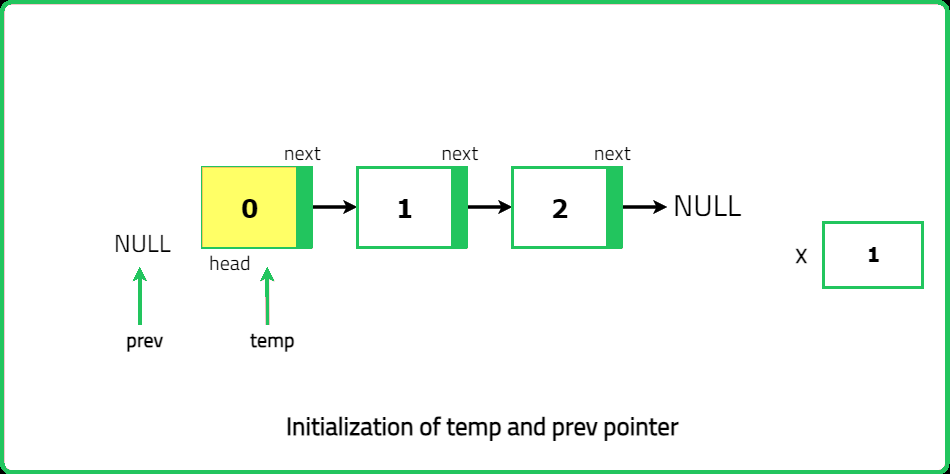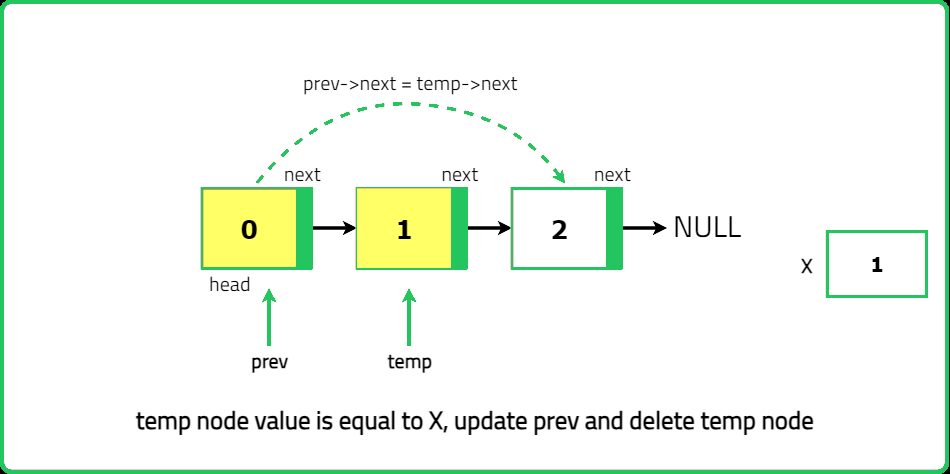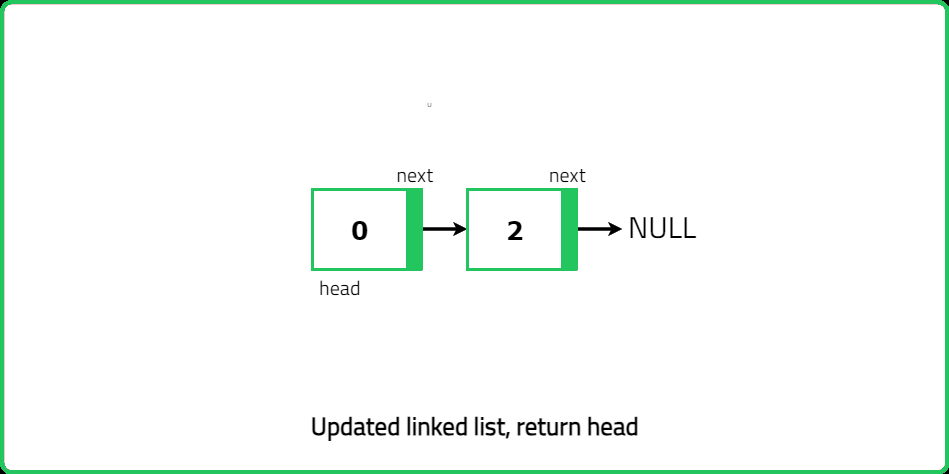Delete the element with value X
Linked-List
Fundamentals (Single LL)
Easy
Given the head of a singly linked list and an integer X, delete the node with value X and return the head of the modified list.
Examples:
Input: head -> 3 -> 4 -> 5, X = 5
Output: head -> 3 -> 4
Explanation: The node with value 5 was removed.
Input: head -> 3 -> 4 -> 5, X = 7
Output: head -> 3 -> 4 -> 5
Explanation: No nodes were removed.
Input: head -> 3 -> 4 -> 5, X = 3
Constraints
- n == number of nodes in the Linked list
- 1 <= n <= 1000
- 0 <= ListNode.val <= 100
- 0 <= X <= 100
- Number of nodes with value X is either 0 or 1
Hints
- If the list is empty (head is None), return None as there is no node to delete. If the value X is present in the head node, update the head pointer to head.next to remove the head node. Traverse the list starting from the head, keeping track of the previous node
- Use a pointer to traverse the list starting from the head. Maintain a reference to the current node and the previous node during traversal.
Company Tags
AMD
Johnson & Johnson
Unity Technologies
Roblox
Riot Games
Zomato
Swiggy
Bloomberg
Reddit
McKinsey & Company
DoorDash
Seagate Technology
Texas Instruments
Qualcomm
Western Digital
PwC
Salesforce
Dropbox
OYO Rooms
Cerner
Walmart
Robinhood
Electronic Arts
Pinterest
Goldman Sachs
TCS
Cognizant
Accenture
Infosys
Capgemini
Wipro



